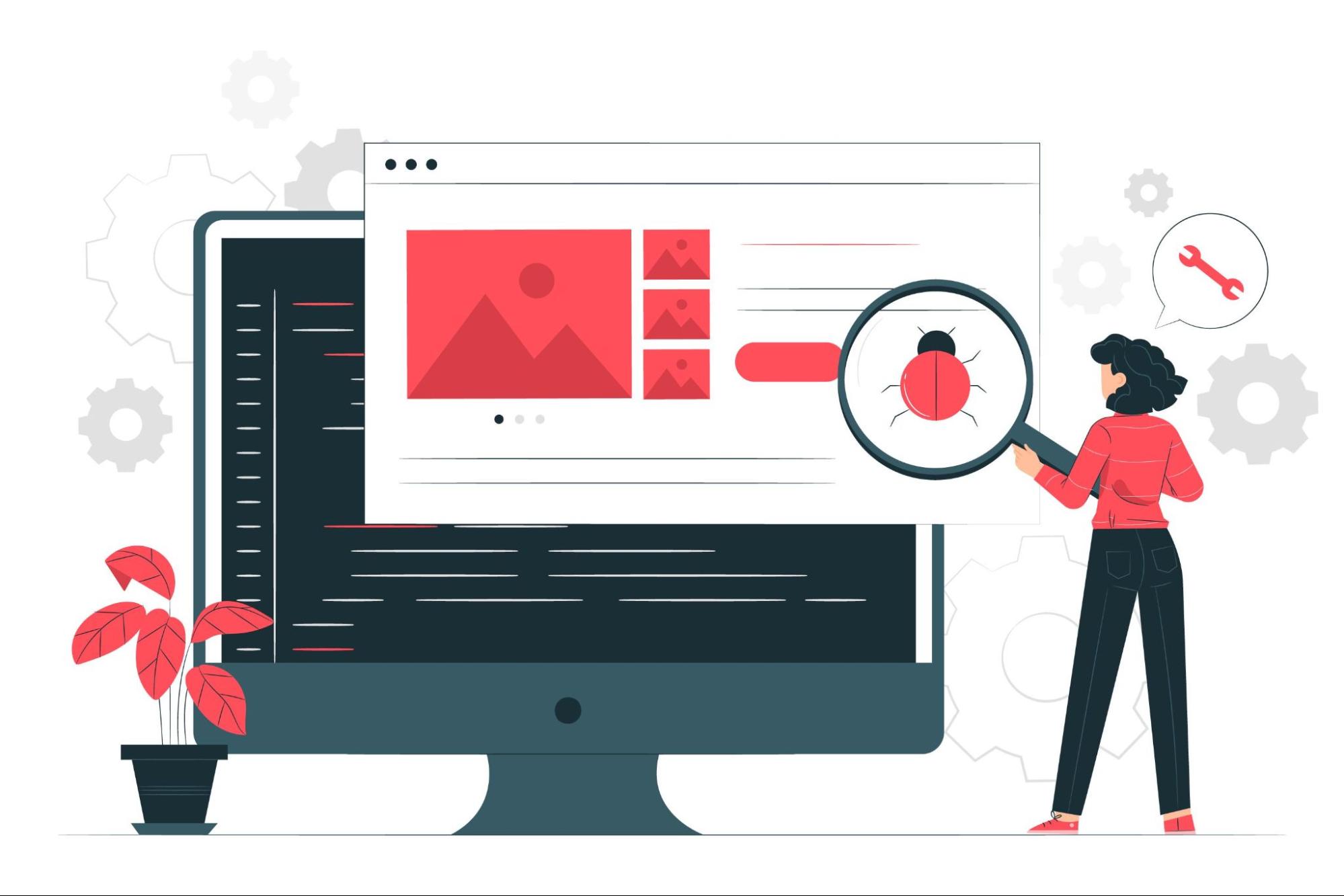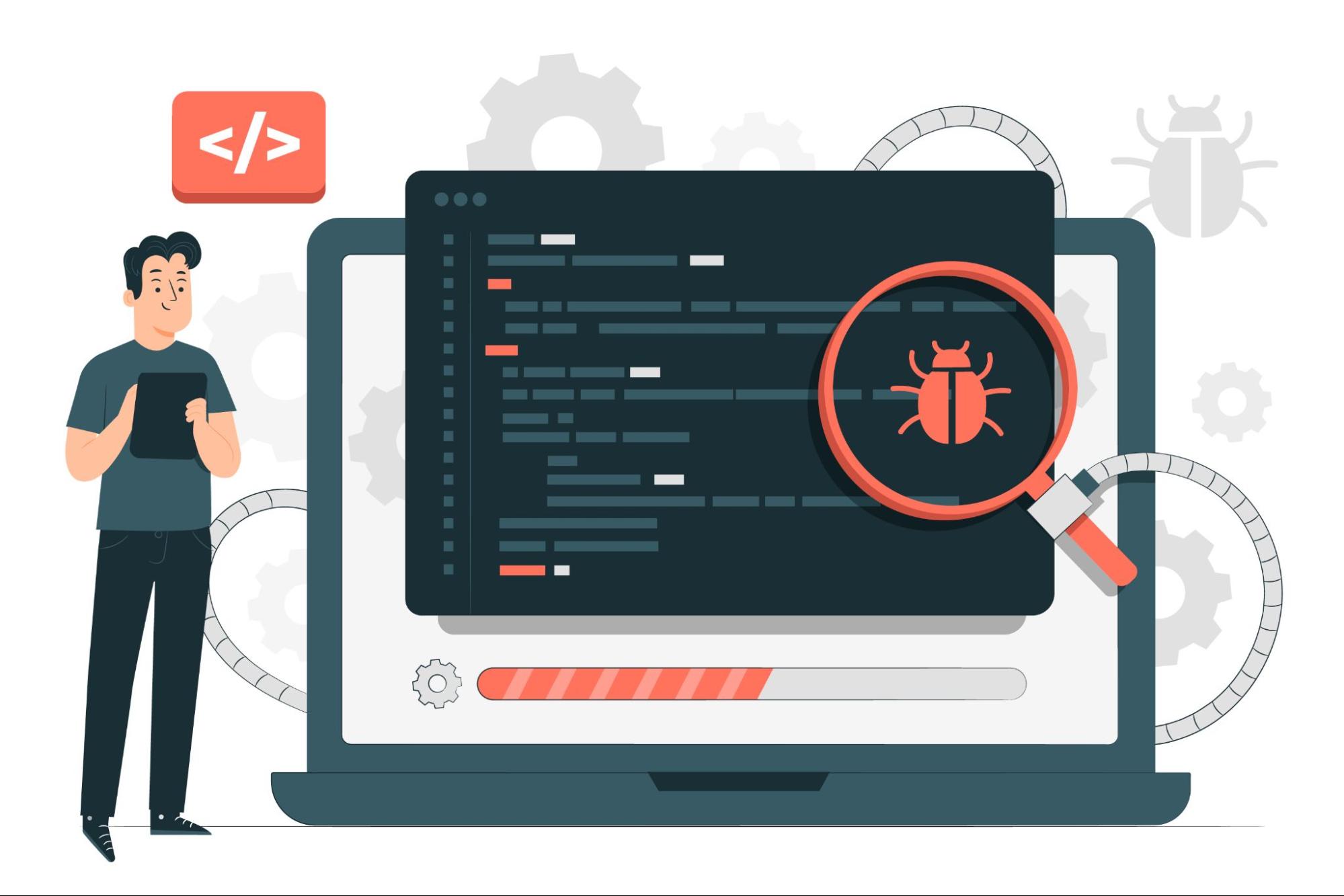Introduction
Bottleneck testing is one central software testing technique. In simple words, bottleneck testing is a type of testing usually used to locate the performance bottlenecks of a system. This could be the components of an application that are holding everything else back, generally, the synchronous operations between the elements. Having identified them, a developer can improve their efficiency and responsiveness.
Understanding Bottleneck Testing

Bottleneck test is responsively selective to identify those areas of the system or application that cause performance degradation, either in slow response times, high resource usage, or like. Identifying and resolving these bottlenecks is critical to ensuring an application that can efficiently sustain the projected workload.
Key Concepts
- Performance Metrics: As a result, bottleneck testing involves some basic knowledge of KPIs concerning response time, throughput, and resource utilization. These metrics are used to evaluate the performance of an application and highlight areas that need improvement.
- Load testing: Simulates many users or transactions to see how the system performs under such stress. This type of testing identifies an application's maximum operating capacity and the bottlenecks that manifest at peak usage.
- Stress Testing: This is a process whereby the system is transgressed beyond limits to establish its performance under such conditions. This type of testing is essential in demonstrating the breaking point of an application and how it bounces back from failure.
- Profiling Tools: These are used to understand the application's execution and point out critical parts of the code that consume the maximum resources. Understanding this information is vital in identifying application areas that could become bottlenecks.
Steps in Bottlenecking Test
Here are some steps involved in bottlenecking test:
- Identify Critical Scenarios: The first step in this approach is to determine and organize the critical scenarios and functionalities of the application that are to be tested. Typically, it comprises the most used part or parts of the application or that part which performs some essential operation.
- Set Performance Goals: The next step would be to set clear and measurable goals and benchmarks regarding the application's performance. These goals help evaluate whether the application confirms the desired performance standards.
- Test Tool Selection: Proper tools must be selected for bottleneck testing, which does load and stress testing. Some popular tools to use are JMeter, LoadRunner, and New Relic. These will perform profiling, too.
- Designing Test Cases: Development of test cases that imitate the real-world usage of the application. It must cover all kinds of scenarios, whether peak periods of usage or instances of extreme stress.
- Run Tests: Execute the test cases and monitor the application's performance. This involves using the chosen tools to gather response times, throughput, and resource utilization data.
- Results Analysis: Analyze the results obtained from the tests. Bottlenecks are determined by looking at the patterns and correlations in the data that indicate performance issues.
- Optimize and Retest: Optimize the application to resolve the issues after identifying the bottlenecks. Test the application again to ensure that performance is improved after making changes to the application.
Standard Bottleneck Checks and Solutions

Let us take a quick look at the bottleneck check and the respective solutions-
- CPU Bottlenecks: A continuously high CPU usage percentage could indicate that the processor is acting as a bottleneck. The solutions are optimizing the code for better efficiency, parallelizing tasks, or upgrading hardware.
- Memory Bottlenecks: High memory usage will drastically slow down an application. These can be fine-tuned, memory management techniques applied, or more available memory added to a system.
- I/O Bottlenecks: Input/output operations, such as reading from or writing to disks, may become bottlenecks in case they become too slow. The solutions to this involve I/O optimization, faster storage solutions, or better balancing of the I/O load.
- Network Bottlenecks: Slow network speed may impact the overall performance of an application. Indeed, in distributed systems, this is very true. The solutions would be to optimize network communication, increase bandwidth, or change to more efficient protocols of data transfers.
Tools for Bottleneck Testing
- Apache JMeter: It is an open-source load testing tool that can measure web-based applications' performance. This one is extensively used since it is flexible and easy to use compared to others.
- LoadRunner: This is a performance-testing Micro Focus tool used to test how an application performs under stress. It supports a significant number of protocols and provides a great number of performance analyses.
- New Relic: This tool measures an organization's total performance. It offers real-time monitoring of the working of websites and mobile applications. It provides the first and foremost view on issues of performance concerns and the overall health of the Web or Mobile application from top to bottom layers.
- Dynatrace: It is a wholly embodied performance monitoring application that allows for comprehensive and profound monitoring of the performance of the applications, infrastructure, and user experience while using artificial intelligence to identify the performance problem and resolution.
Best Ways for Bottleneck Testing
- Regular Testing: Bottleneck testing should be done regularly to detect performance issues at the earlier stages. This helps keep the application performance on track.
- Comprehensive Coverage: All the critical parts of the application should be tested. This not only includes the front end but also the back end components.
- Realistic Scenarios: Test cases should be constructed that simulate real-world uses to highlight possible performance problems in advance. This makes it easier to identify where users probably encounter performance-related issues.
- Continuous Monitoring: Monitoring the application's performance in a production environment is facilitated by monitoring tools. This helps to identify and fix performance issues in real-time.
Challenges in Bottleneck Testing
- Complexity: Bottleneck testing can be complex, especially for large and distributed systems. It requires a deep understanding of the application architecture and performance metrics.
- Resource Intensive: Bottleneck testing often requires significant resources, including hardware, software, and skilled personnel. This can make it challenging for small teams or organizations with limited resources.
- Interpreting Results: There are also various challenges faced while analyzing the results of bottleneck testing, as it requires expertise in performance analysis and optimization.
Conclusion
In conclusion, bottleneck testing plays a vital role in enhancing the performance and reliability of software applications. How? Developers can significantly improve efficiency and user experience by systematically identifying and addressing performance constraints. Utilizing robust tools such as JMeter, LoadRunner, and New Relic enables teams to conduct thorough and insightful testing, pinpointing areas that may impede performance under various conditions. Regular testing with realistic scenarios ensures that applications can handle expected and unexpected loads gracefully, while continuous monitoring allows for the proactive management of emerging issues.
Thus, leveraging resources like Optimizory can further streamline the implementation of effective bottleneck testing strategies, providing valuable insights and best practices and high application performance results from thorough bottleneck tests. In addition, users are more satisfied; higher operational success, better performance, and happy customers are achieved mainly by making a supportive investment, like wide-ranging bottlenecks tests. These practices, when embraced, can guarantee that all software adopted by organizations is efficient and dependable at all times such that successive alterations in demand can easily be coped with, thereby maintaining competitiveness amidst others.




